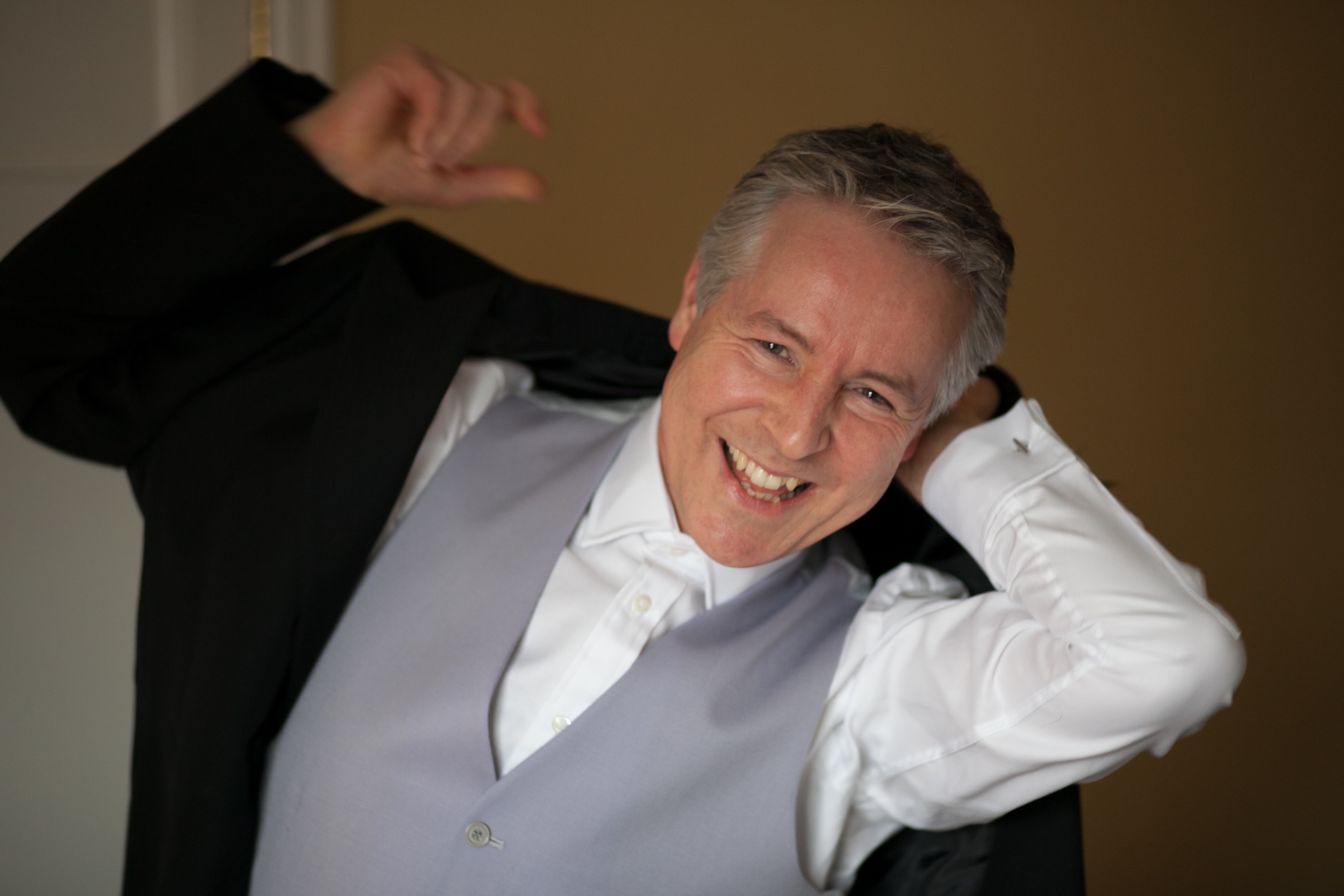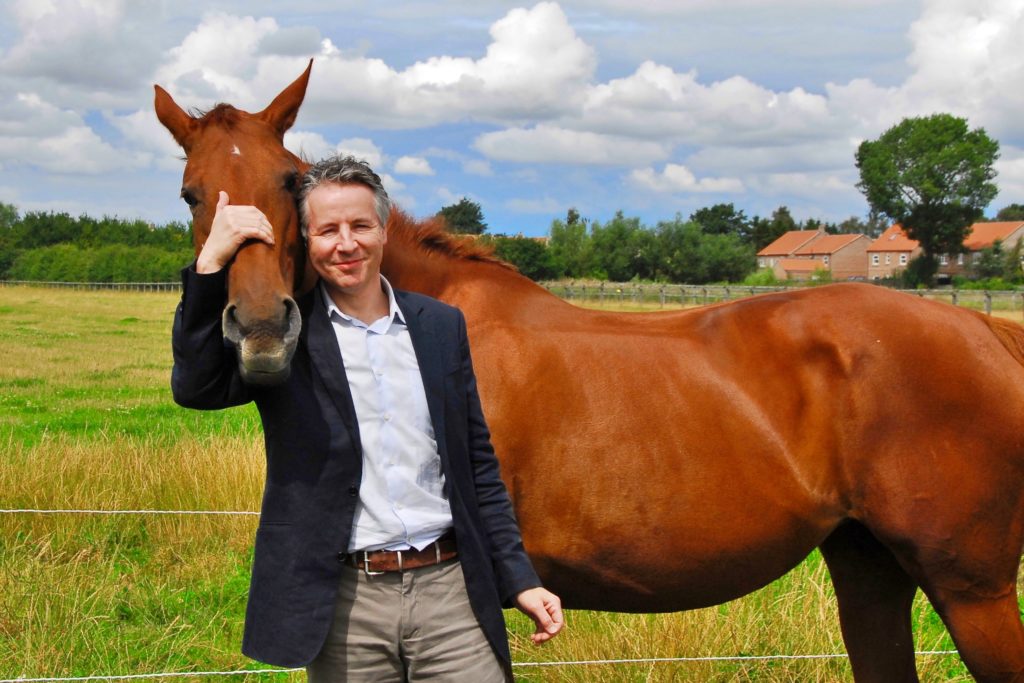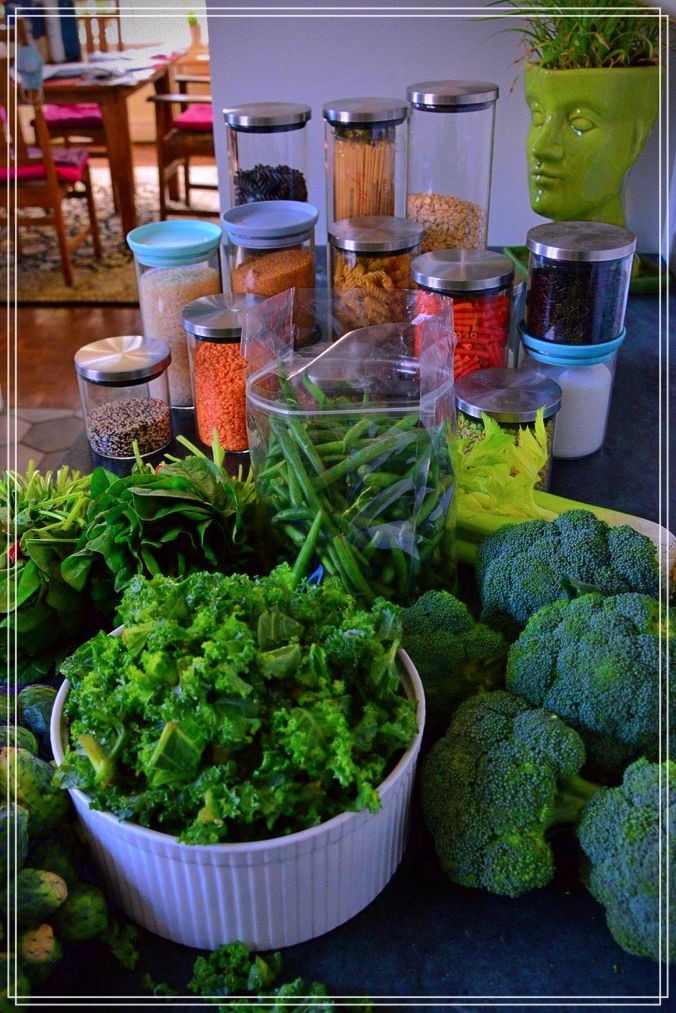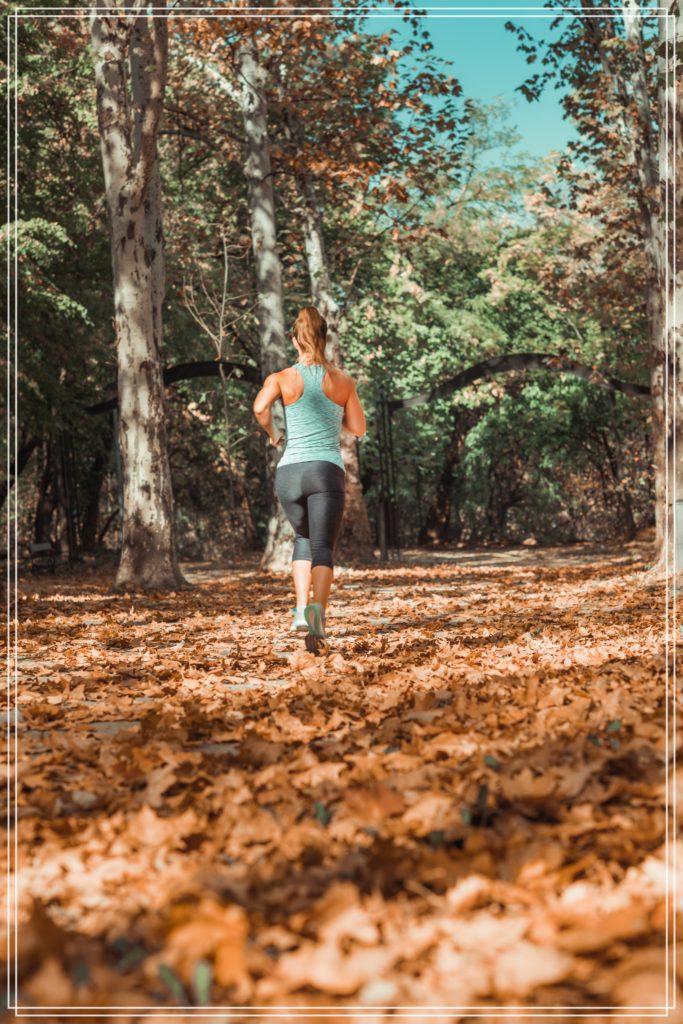About Me
Robert Pigott
I am a former BBC health journalist – translated from London to Chicago – who has long been fascinated by the effect the food we eat and the exercise we get has on our health, especially our risk of aging too quickly and developing chronic diseases. I started HealthSpan to share some of what science is discovering about how we can slow the natural decline of aging and ward off the blight and misery of chronic disease.

We are living longer but an increasing proportion of those longer lives is being spent battling against obesity and chronic diseases, from diabetes and heart disease to hypertension and arthritis. I have come to believe in the power of food, exercise, sleep and the reduction of stress to slow down the aging process and postpone the illnesses of later life, even after they have taken hold. Have a look at “About HealthSpan” for a little more detail about the way our lifespans are getting longer, but our healthspans are not.
Food – buying it, cooking it, thinking about it – makes my world go round. For me, as for so many others, pastries, cake, and potato chips are a pleasure. But without making them a forbidden fruit, and thereby creating a problematic craving, I’ve discovered that far healthier foods are just as pleasurable, and far more satisfying. In “Notes from a Chicago Kitchen” I will share the easiest and tastiest recipes and say why they could act as medicine for the well and not-so-well alike.
I studied natural sciences at Cambridge University in the UK and nutrition at University College London, and I teach health communications at DePaul University in Chicago. Each experience has shed more light on the vital importance of using food to help the body to resist aging and disease, rather than forcing it to cope with sugars, fats and salt thatscience shows can start the process of disease for many of us while we are still in our teens.
I want HealthSpan to share insights into the science that lies behind the way our bodies use food – and the nutrients and fiber it contains – to maintain healthy guts and a beneficial community of bacteria, and to minimize infection, inflammation, and the aging effects of the oxidation that’s a natural part of burning food as fuel. HealthSpan articles are intended to be accessible and revealing. Often they are a brief update or an explanation of new research or something in the news, and sometimes a more in-depth discussion. Usually I will share references so you can dig deeper into a topic – or simply check my reasoning.
We’ll explore what the latest science is saying about everything from the power of dietary fiber, the effect of exercise on inflammation and the dangers of dieting, to why flossing your teeth could save you from heart attacks, how the gut can “taste” artificially sweetened drinks, and why vitamin D is virtually a magic substance.

Apart from food, and travel to strange and remote places, I love animals – virtually any kind – taking photographs, and reading. My “Mastermind” topic – the life and times of Laura Ingalls Wilder! I’m also a campanologist – a ringer of English church bells – if not a very good one.
But if I am driven to share one thing, it is that learning the habit of choosing and enjoying health-enhancing food, and, yes, the habit of regular exercise too, is far easier than people think, and that, once harnessed, habit is an amazingly powerful tool in transforming our lives.
About HealthSpan
HealthSpan is based on the idea that we can personally influence our health to the degree that we will be well and fit for a greater proportion of our lives, and that we can do it by eating a better diet and exercising a little more.
We’re all familiar with the idea of lifespans – how long you live before you encounter the disease or condition that finishes you off. Lifespans have been increasing over the decades – to around 80 years in the United States – but as more and more of us develop the diseases of later life earlier than we should our healthspan is static or even diminishing.
The World Health Organisation uses a way of measuring lifespan, which it calls Healthy Life Expectancy (HALE). HALE takes figures for life expectancy in a country – how many years its people can be expected to live – and subtracts the probable average length of time they will have the sort of illness sufficient to cause them to be disabled, or unable to perform important daily activities.
Figures from the European Union show that life expectancy increased by 1.3 years during the brief period between 2005 and 2011, but that healthy life expectancy over the same period remained unchanged1. It has brought Europeans to a point where they spend almost 15 percent of their lives in some degree of chronic illness or disability, and the story is similar in the United States.
More than eight out of ten people over the age of 85 in the UK have some sort of disability, and half of them are sufficiently disabled to need care or help with activities of daily living2. An increasing proportion of this aging population has dementia: 30% of people over 60 develop dementia before they die3, and Alzheimer’s Disease has rapidly become a leading cause of death in western countries.
Medicine can, and is, keeping us alive for many years with conditions such as obesity, cancer, diabetes, heart and kidney disease, fatty liver and hypertension, during which our movement is limited, our capacities curtailed and our horizons reduced. HealthSpan is based on the conviction that this blight on our lives is, for many people, unnecessary – the avoidable consequence of poor diets, sedentary lifestyles, inadequate sleep and too much stress.
Some have called for medical research to change its emphasis from combating the causes of death to finding ways to slow down aging and the illness that goes with old age. Guy Brown, Professor of Biochemistry at Cambridge University, has called for “the compression of morbidity” at the end of people’s lives. At the moment, he says, “years are being added to our lives, life is not being added to our years: the extra years are being added at the very end of our lives and are of poor quality”4.
For many people the solution is elusive: they have too many mouths to feed with too little money, they have jobs and lives that are inherently stressful, and they live in an area where fresh produce is hard to get and there are no safe places to exercise.
Also, all of us have inherited genes from an evolutionary past in which our bodies were designed to survive to the point where we could reproduce and protect our offspring long enough for them to thrive, but not into a middle and old age of activity and enjoyment. It’s a past that rewarded our bodies’ ability to store fat and a reluctance to let it go, for example, and a heightened response to potential danger that in contemporary life we know as stress.
The good news is that we do not need to be slaves to our genes. Genes can give us a greater likelihood of getting a particular disease, but both diet and physical activity can mitigate that effect. A healthy diet and regular physical activity can improve our health to the point where they outweigh the harmful effects of genes, and they can also change our “epigenetics”, the way genes are translated into proteins and thus affect the body and our health. Studies have found evidence that the beneficial changes in gene expression achieved by parents can even be passed on to their children5.

HealthSpan aims to be part of the conversation about the diets, exercise, sleep and reduction in stress each of us needs to extend the length of our healthy lives, and postpone for as long as possible the diseases of old age. Its particular focus is on how these diets and exercise regimens work, and to examine the science behind them. It’s an approach founded in the hope of opening up a fascinating world of cause and effect happening each time we eat or move, and also in the belief that having a clearer idea of what is actually happening in our bodies provides the spur most of us need to change our habits.
One important footnote. In writing about or promoting lifestyles – diets or exercise – designed to achieve better health, HealthSpan is not seeking to take the place of medical advice. It’s never a substitute for consulting your physician or other properly licensed health care providers.

- Data from the EU Health Expectancy Monitoring Unit, www.ehemu.eu
- Data from UK government’s Office of National Statistics, www.ons.gov.uk/ons/dep171776_353238.pdf
- Brayne, C. (2007).The elephant in the room – healthy brains in later life, epidemiology and public health. Nat. Rev. Neurosci. 2007 Mar; 8(3):233-9.
- Brown G. C. (2015). Living too long: the current focus of medical research on increasing the quantity, rather than the quality, of life is damaging our health and harming the economy. EMBO reports, 16(2), 137–141.
- Axsom, J. E., & Libonati, J. R. (2019). Impact of parental exercise on epigenetic modifications inherited by offspring: A systematic review. Physiological reports, 7(22), e14287. https://doi.org/10.14814/phy2.14287
Comments are closed.